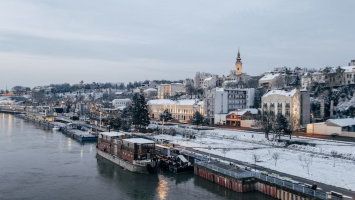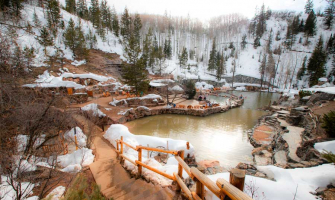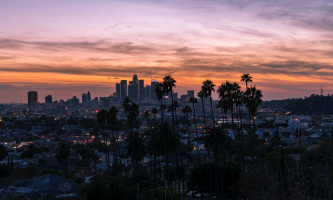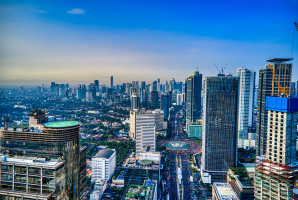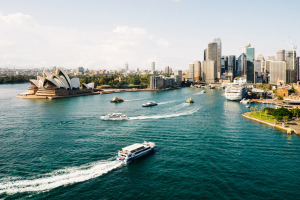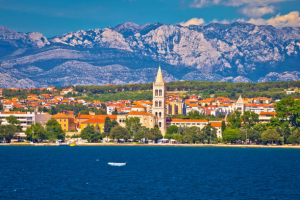Top 5 Reasons Why Venice is Europe’s Worst Placed City
Early this month, flooding in Venice, Italy, completely destroyed a portion of the historic city. The problem is not limited to increasing sea levels, as NPR's ... read more...Sylvia Poggioli writes. As more Venetians depart, Venice runs the risk of turning into a ghost town and succumbing to mass tourism. The future of their city worries the Venetians. Venice's historic history is being destroyed by tourists and high tides, which may eventually make the city uninhabitable. In this article, Toplist will find out the reasons why Venice is Europe's worst-placed city.
-
Venice Italy is literally sinking. It has always faced flooding from aqua all to abnormally high tides but the frequency of these incidents has risen. The city has a flood warning system with siren alerts and text messages that keep citizens informed of the potential severity of the floods. People prepare for these recurrent flood events with wellington boots and higher walkways but structures are not so lucky.
The water levels are now permanently over the original damp-proof courses of older homes and buildings in the city. Saltwater attacks the friable clay bricks causing them to disintegrate and allowing in more water. As a result, the ground level of many of Venice’s buildings is now unusable. To preserve them and avoid more erosion, underwater barriers have been erected to decrease the quantity of water entering the lagoon. In the summer of 2021, more than 18 years after the system's development started, it was completely functional.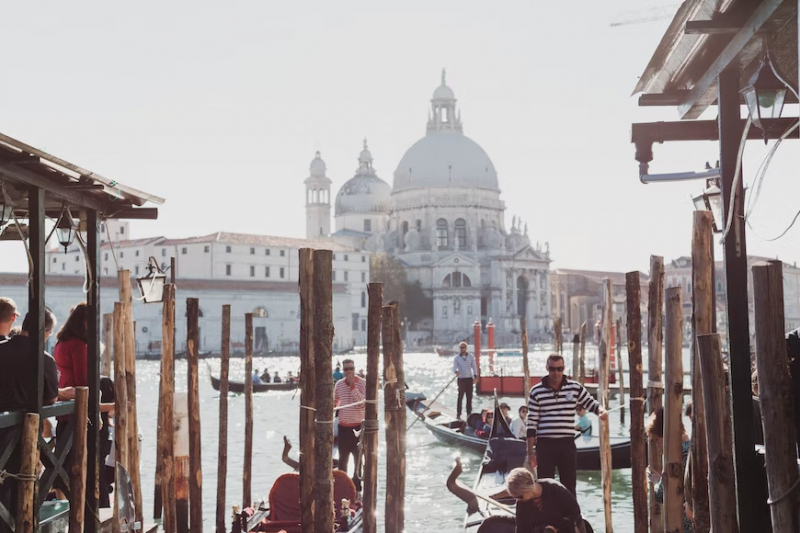
Photo by Bethany Beck on Unsplash 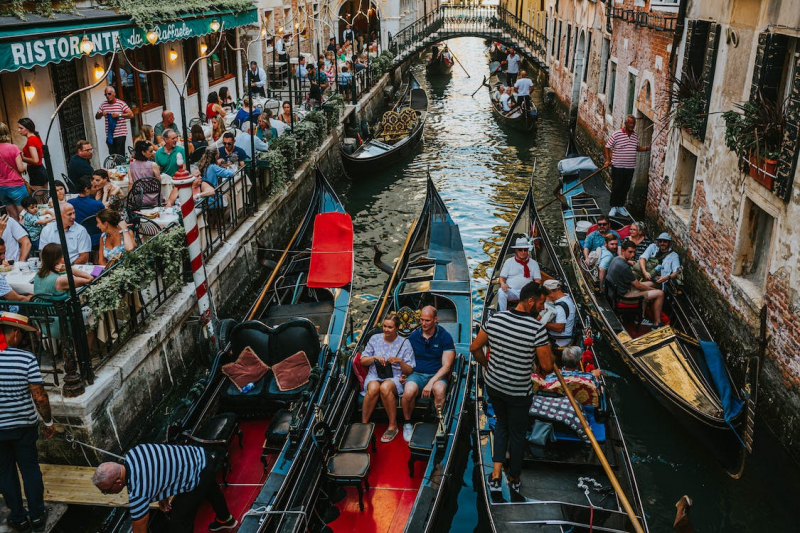
Photo by Helena Jankovičová Kováčová on Pexels -
The city is struggling with unsustainable over-tourism, its historical buildings are sinking at an alarming rate and the population is dwindling. For many locals, the crowds of tourists simply became too much. Just under 53,000 people call Venice their home, about one-third of the level it was 50 years ago. The population is aging, with youngsters leaving to look for work outside the tourism sector. That is a bad news for the local economy and its future population projections.
The future of their city worries the Venetians. Venice's historic history is being destroyed by tourists and high tides, which may eventually make the city uninhabitable. There is no doubt that Venice is suffering, regardless of whether the reason is sea level rise, climate change, mass tourism, or cruise ships. Scientists keep an eye on developments. These are considerable and actual water levels. Venice's surrounding marsh is becoming more confined. Ancient structures are sinking. Carvings and stonework are eroding away.
Tourists flock to the city because of its remarkable history and architecture. A tourist tax or visitor levy has been introduced to help pay for vital restoration work. Nonetheless, Venice is set to become more of a living museum than a real living city. Venetian natives continue to leave the area as tourism sucks the lifeblood from their city.
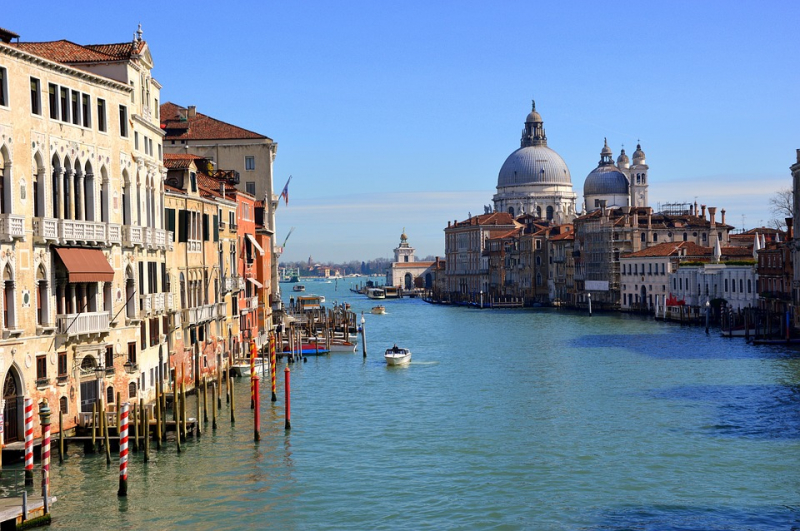
Photo by Peggychoucair on Pixabay 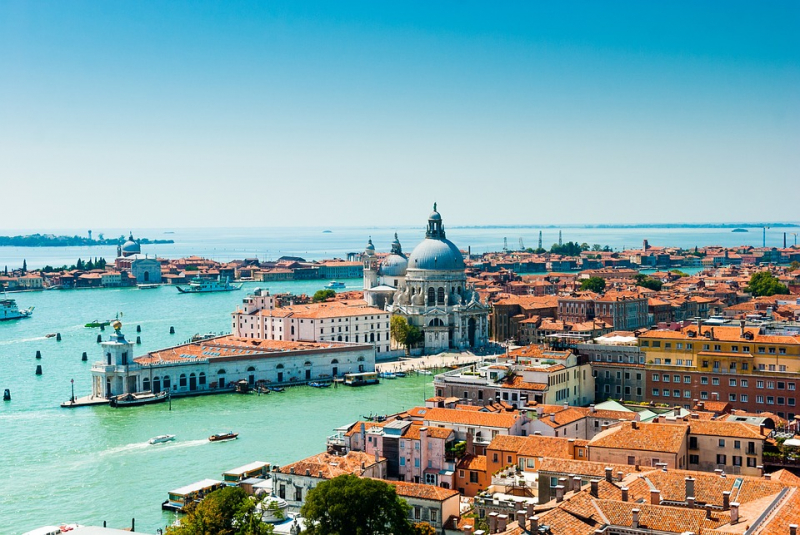
Photo by jarekgrafik on Pixabay -
175,000 people called Venice home in 1951. There were fewer than 50 000 residents there in 2020. There are numerous social and economic factors contributing to the decline. These include growing living expenses, congested transportation networks, a lack of well-paying employment possibilities, the replacement of retail establishments by tourist souvenir shops, and rising housing costs as tourists vie for space with locals. Nearly 36 million tourists visited the city of Venice in 2019. These numerous people are gathered in a region that is smaller than 3 square miles in size (8 square kilometers). The atmosphere for locals, landmarks, and learning about the local way of life and culture suffers as a result.
Along with a yearly astounding growth in visitors, the manner of visiting the city has altered recently. For instance, many tourists now visit Venice as a day or hour trip as part of a cruise, significantly altering the city's social, logistical, economic, and touristic elements. Venice's tiny size and morphology make it impossible to provide picnic or rest spaces, which makes the already congested city even more congested as a result of tourists sitting down to relax and eat on bridges, tight passageways, home doors, and store windows.
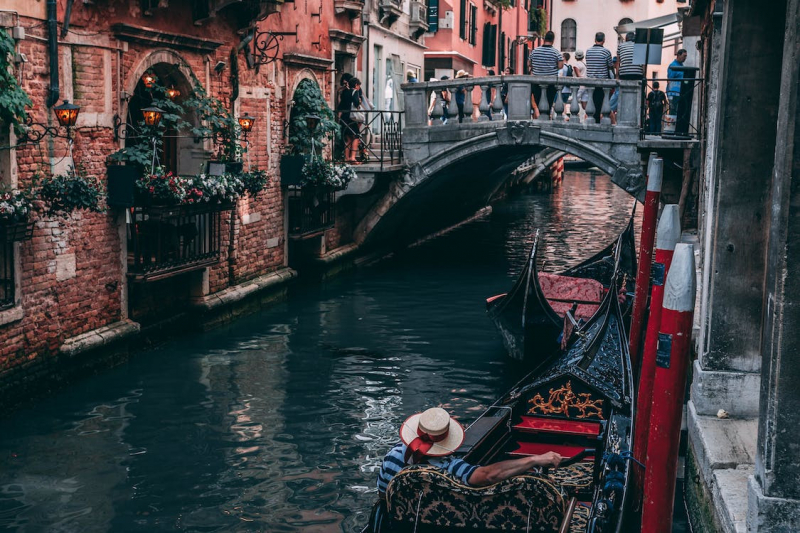
Photo by Hitesh Choudhary on Pexels 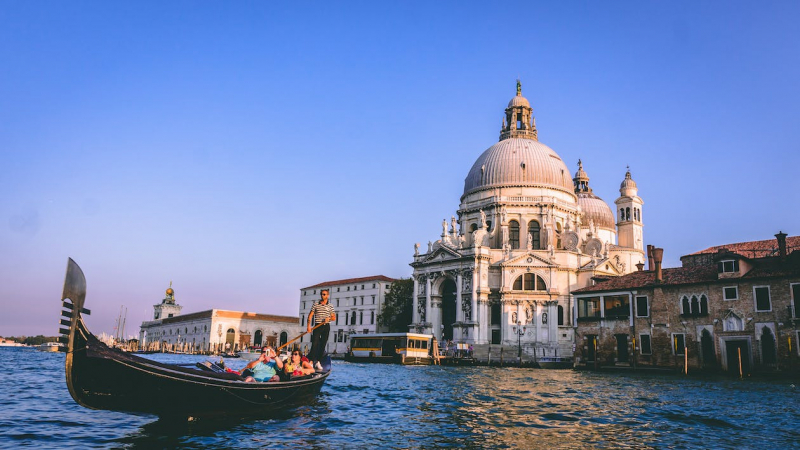
Photo by Chait Goli on Pexels -
As Venice declines, the Adriatic's tides and storms are more likely to affect it. This has led to more frequent and severe floods, which is accompanied by sea level rise. Although there are different estimates for future rises, experts agree that climate change is hastening the rise in sea levels. According to a paper from 2021 that appeared in Natural Hazards and Earth System Sciences, Venice's average sea level by the year 2100 might be anywhere between 17 cm and 120 cm higher.
Even while they are unable to definitively link a specific incident to climate change, experts claim that extreme weather events like flooding and wildfires are occurring more frequently as a result of the phenomenon. However, in response to the 2019 floods, Venice Mayor Luigi Brugnaro declared, "These are the repercussions of climate change."
Venice, already struggling with high tides, is particularly vulnerable to any further rise in the sea levels. Global sea levels are expected to rise between two to seven feet (0.6 meters to 2.1 meters) – and possibly more – over the course of the 21st century. For Venice, this would be a disaster, leaving its streets completely submerged.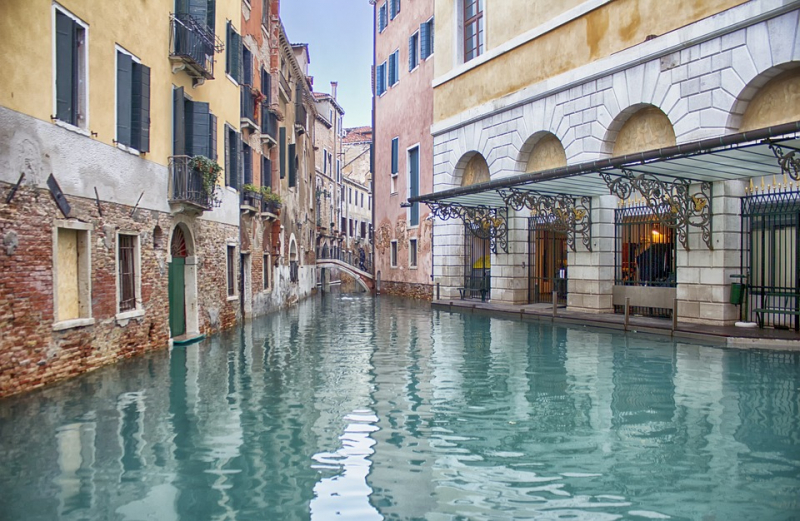
Photo by bilaleldaou on Pixabay 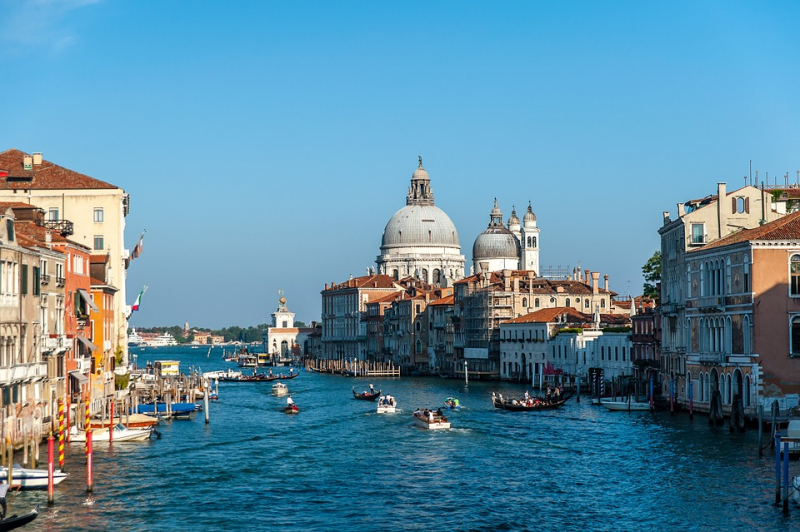
Photo by postcardtrip on Pixabay -
Venetians are beginning to push back; to aid their city, a new tourist fee has been instituted. It costs up to €10 (£9; $11.50) for short-term visitors to enter Venice's historic districts. The cost per passenger ranges from €2.50 to €5, but it might reach €10 during busy periods. Only visitors are subject to the levy; Venetian citizens are not. The launch date for this tourism levy is January 16, 2023. In December 2022, however, protests by the opposition in the city council, some business owners, and some residents forced the local administration to discuss further the new tax and delay its introduction by at least 6 months.
Additionally, a city fee is charged for hotel stays in the Venice region. The pre-pandemic hotel occupancy tax raises approximately €30 million a year, and the daily tourist tax will raise approximately €50 million annually. Locals anticipate that the tax will assist to strike a balance between their needs and those of tourism. Day tourists may outnumber residents by a ratio of two during the busiest travel season.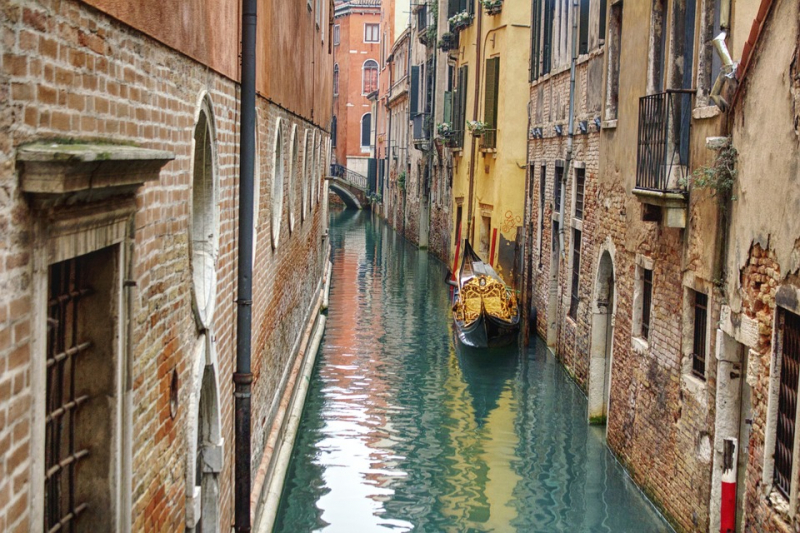
Photo by bilaleldaou on Pixabay 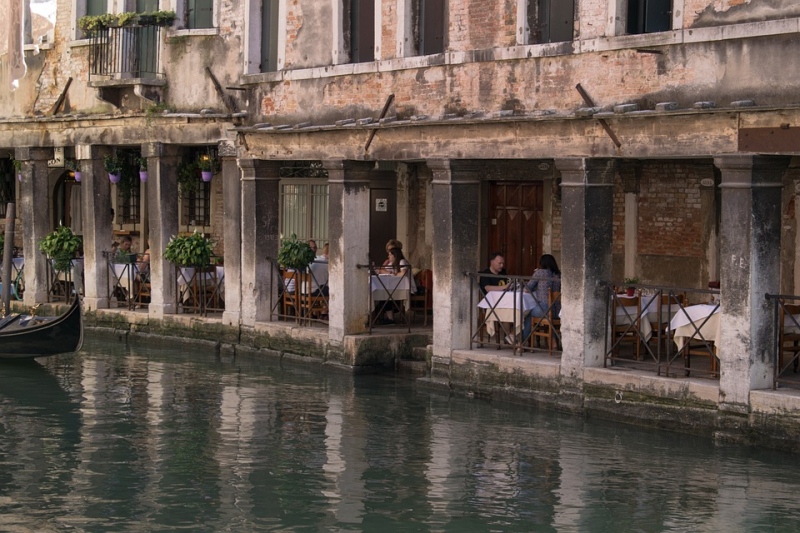
Photo by larahcv on Pixabay







